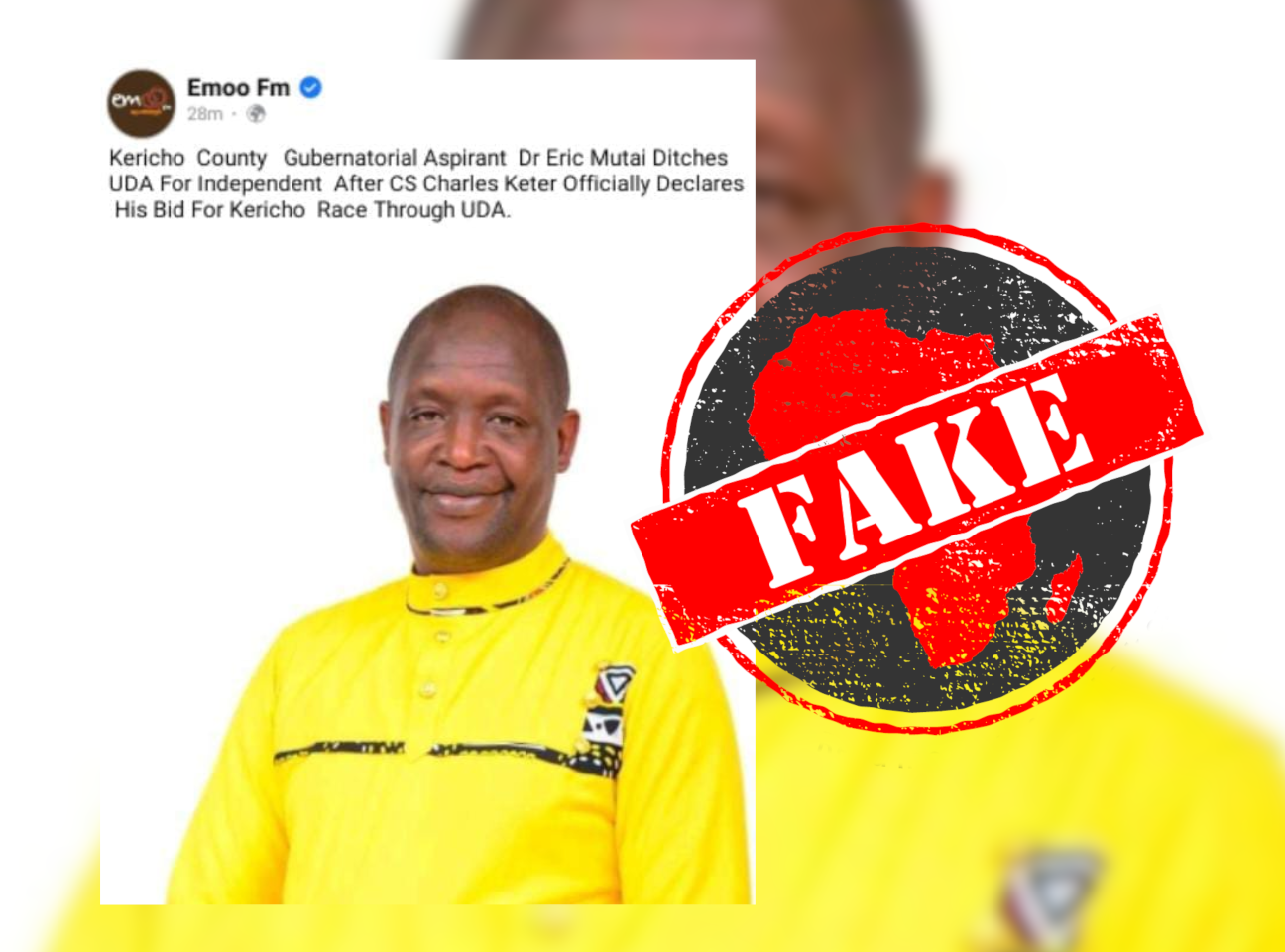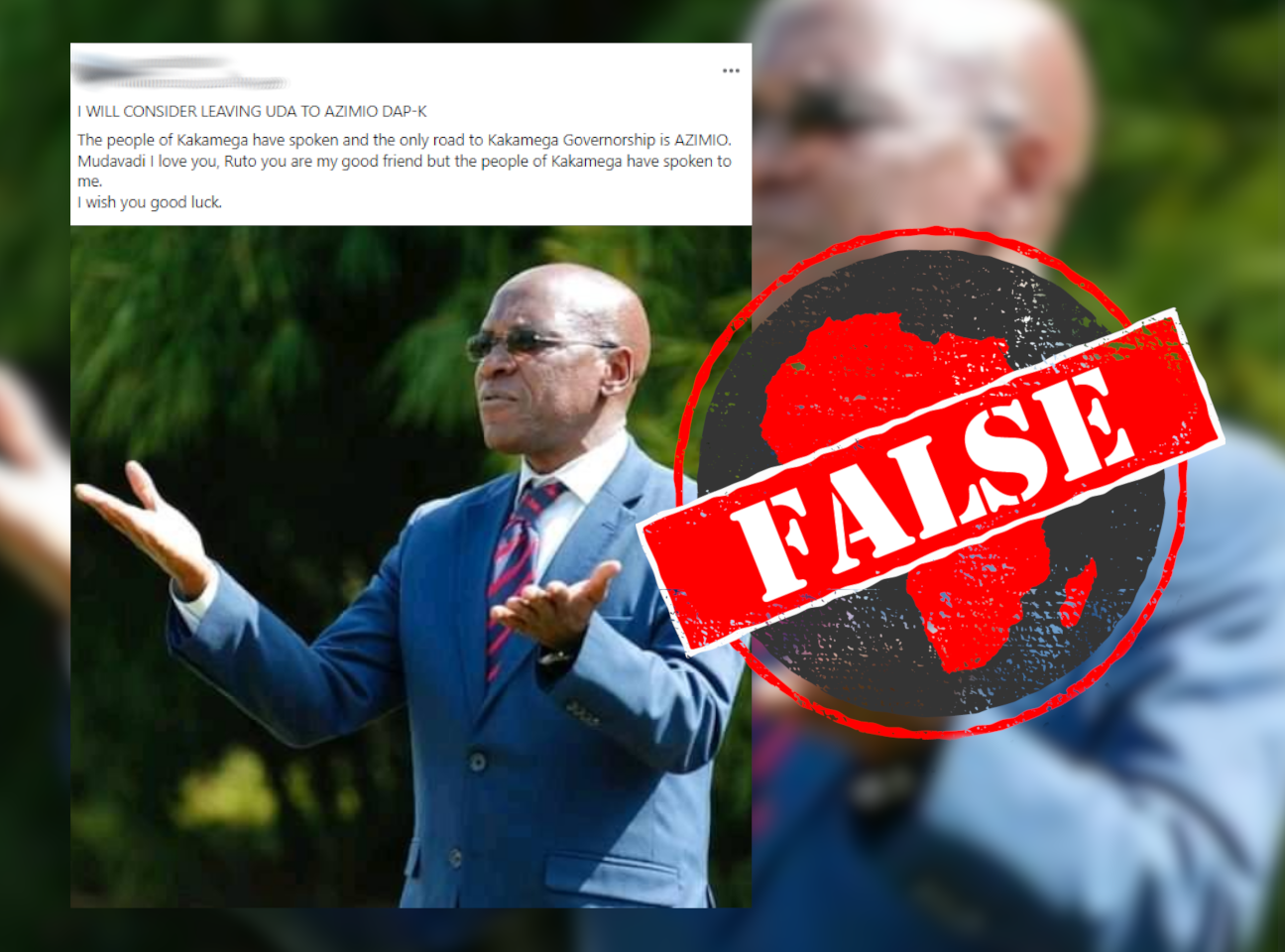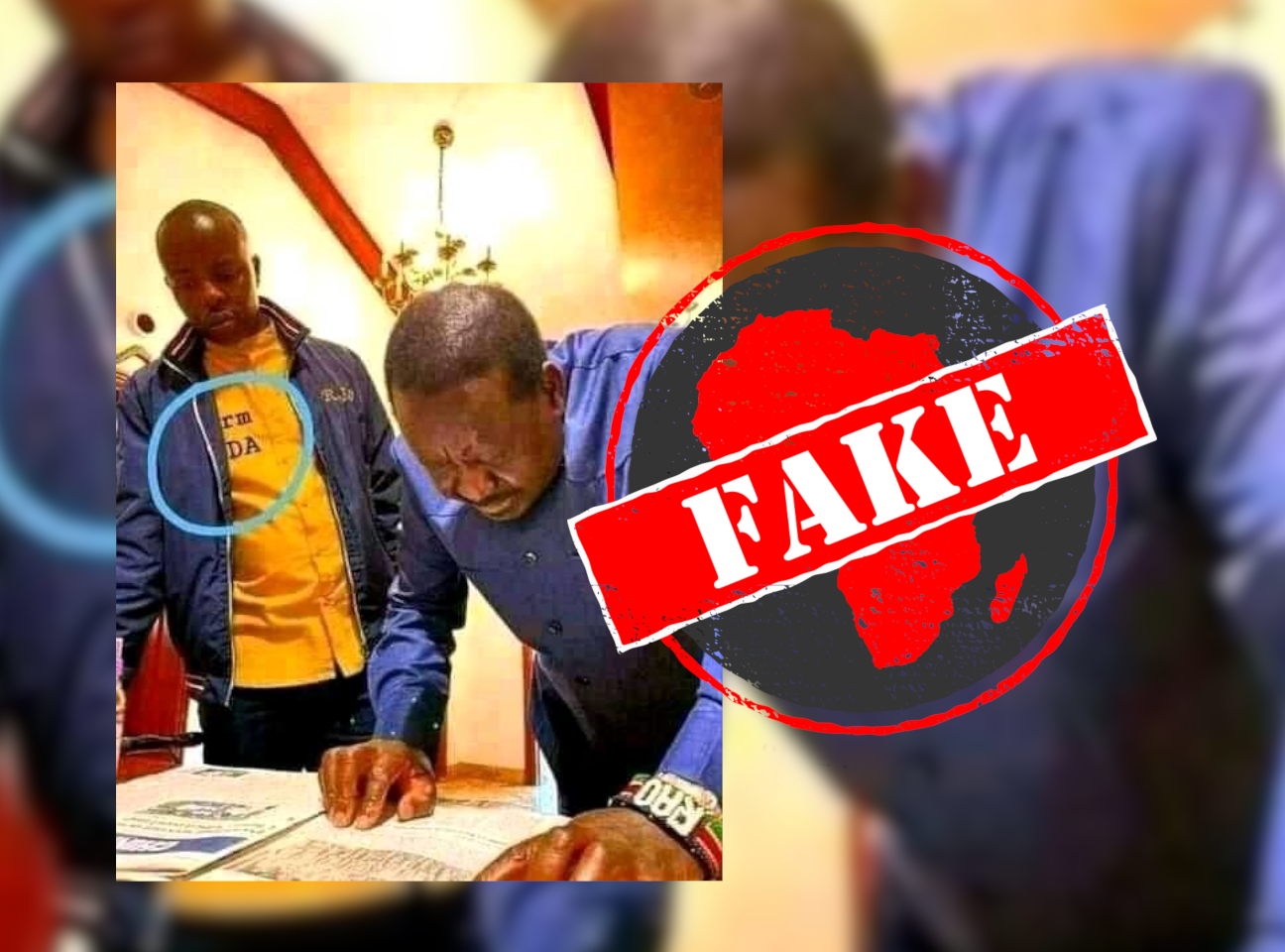It’s easy to see why fake news is a problem, but it’s harder to identify and prevent it from spreading. Many social media users, including journalists and politicians, are aware of issues regarding fake news. Yet, they unknowingly give it credence by sharing misleading, incorrect, and downright fabricated “news” on Facebook, Twitter, and other platforms.
In this article, we share three popular fake news techniques we’ve observed during the election period.
1. Fake News Technique One – Quote Pics
Many people repost articles on social media after reading the headline, but without reading the whole text. Putting a misleading title on real news is one of the most common fake news techniques.
Taking quotations out of context is another common trick. An example is a quote attributed to the National Rainbow Coalition-Kenya (NARC-Kenya) party leader, Martha Karua, commenting about the Amani National Congress (ANC) party and United Democratic Alliance (UDA) party union.
Karua hails the new ANC and UDA partnership in the quote and urges Kenyans to reject ‘political projects’, which is inaccurate.
“The union of ANC and UDA has started a new chapter of Killing all political conmanship and politics of deceit In Kenya. Together we can reject political projects! ~~Iron lady Martha Karua,” the quote reads.
However, through her verified Twitter account, Karua has termed the quote fake.
2. Technique Two – Party Defections
In Kenya’s 2017 election campaign, the issue of fake news shot into the limelight in April when a doctored front page of the Daily Nation circulated in Busia County during the primaries. It claimed that the opposition Orange Democratic Movement’s Dr. Paul Otuoma had defected to the ruling Jubilee party. The story was designed to discredit him on the day of the nomination.
Deliberately false or inaccurate news is commonplace during elections, especially stories about supposed defections. An analysis of the content suggests that much of it is part of political actors’ orchestrated and strategic campaigns.
In our very own SRV quiz, we address two stories about Dr. Eric Mutai and Dr. Boni Khalwale.
A screenshot of what appears to be a post by Emoo FM, a radio station in Kenya broadcasting in the Kalenjin dialect, was shared on Facebook. The 11th February 2022 post claiming Eric Mutai had left the United Democratic Alliance (UDA) “to be Independent was fake.


Furthermore, a message posted on Facebook in late January 2022 quotes Kenyan politician Boni Khalwale, a former Senator for Kakamega county and member of the United Democratic Alliance (UDA), as saying he may leave his party to join the Azimio la Umoja coalition of political parties.
According to Africa Check, this account is false.
3. Technique Three – Photo Manipulation
Photo manipulation is the easiest way to fake news, but also the simplest to expose. There are two common techniques of photo manipulation.
The first is editing photos in special programs, such as Adobe Photoshop. The second is presenting real photos as having been taken at another time or place.
One example featured on the SRV quiz is a photo circulating on Facebook that shows Kenyan opposition leader Raila Odinga and his son Raila Odinga Junior.
The son, wearing a yellow shirt and navy blue bomber jacket, is standing next to his father whose eyes are focused on a newspaper on a table. Two words on the son’s shirt, printed in black ending in “rm” and “DA”, are partially hidden by his jacket.

The colours and slogan are associated with the United Democratic Alliance (UDA), a party marketed by deputy president William Ruto in his political campaigns, Raila’s rival.
Users who posted the photo filled in the missing words based on the hashtag used by the UDA’s #FormNiUDA, which translates from Sheng urban slang as “The trend is UDA”.
“Kube Raila’s Son ni wa UDA…?! Or what do those words in his shirt reads.. #FormNiUDA or what!!” exclaimed one user. The Kiswahili roughly translates as: “You mean Raila’s son belongs to the UDA party?

